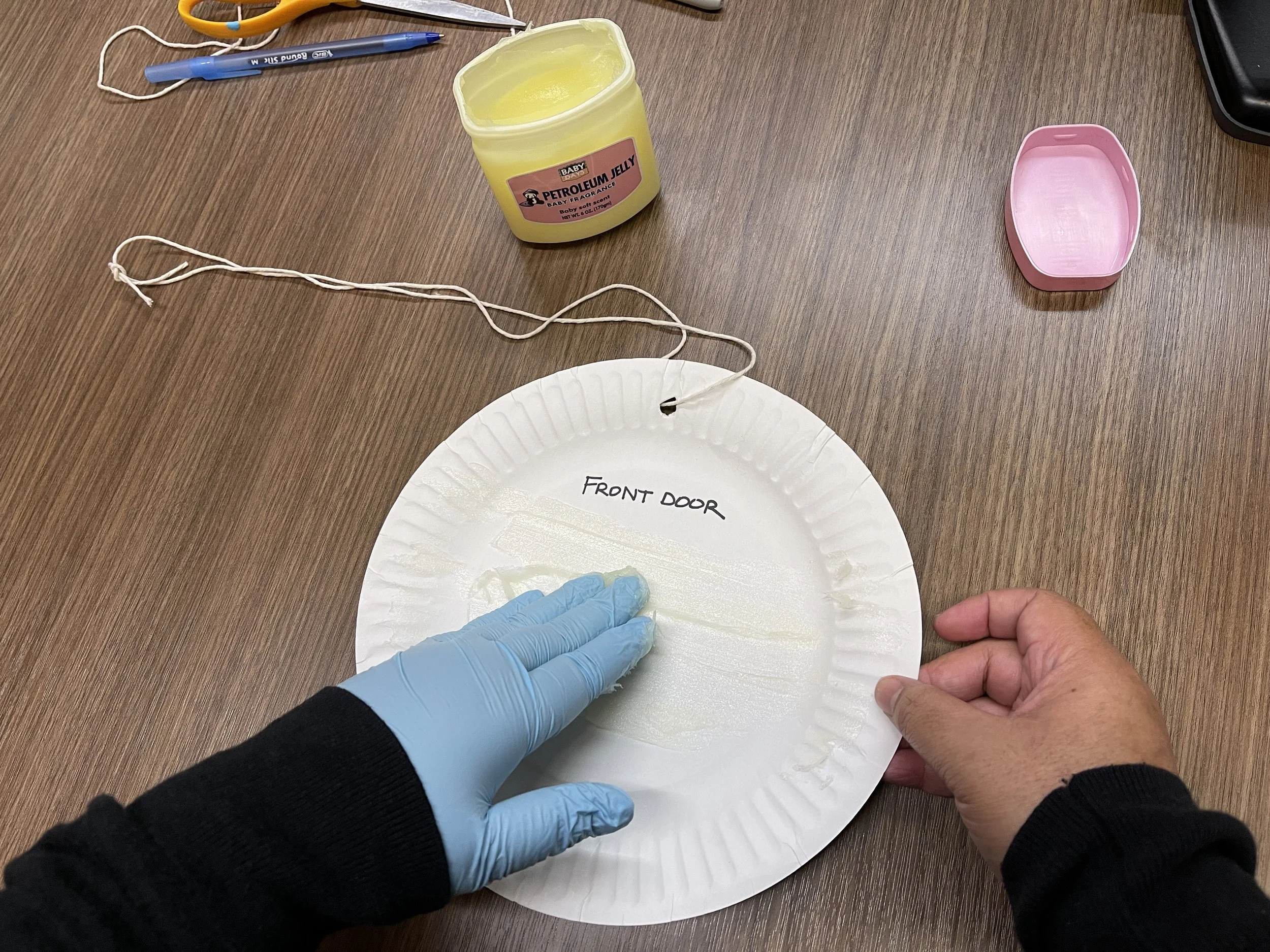Air pollution happens because gases, dust, smoke and odor get into the air and make it unclean. Human activities such as cutting of trees, burning of wood, burning of fossil fuels (coal, oil, gas), and smoke released from cars can cause air pollution. Air pollution is bad for humans and animals to breathe and for plants to live in. In humans, pollutants (the bad stuff in the air) can get caught in your lungs and make it hard for you to breathe and also damage your lungs. That is why it is very important that we take action to help reduce air pollution!
Air pollution can cause climate change. Climate change is the long-term change in temperatures and weather patterns. Climate change causes the Earth to get warmer over time. Its like when you leave a blanket on yourself for too long and you get very hot. Likewise, bad gases from air pollution are released into the air and trap heat from the sun, making Earth too hot. This causes changes in Earth’s weather patterns like more storms, hotter summers and melting ice at the poles. In fact, 2023 was the hottest year on record and 2024 is set to be even hotter!

















